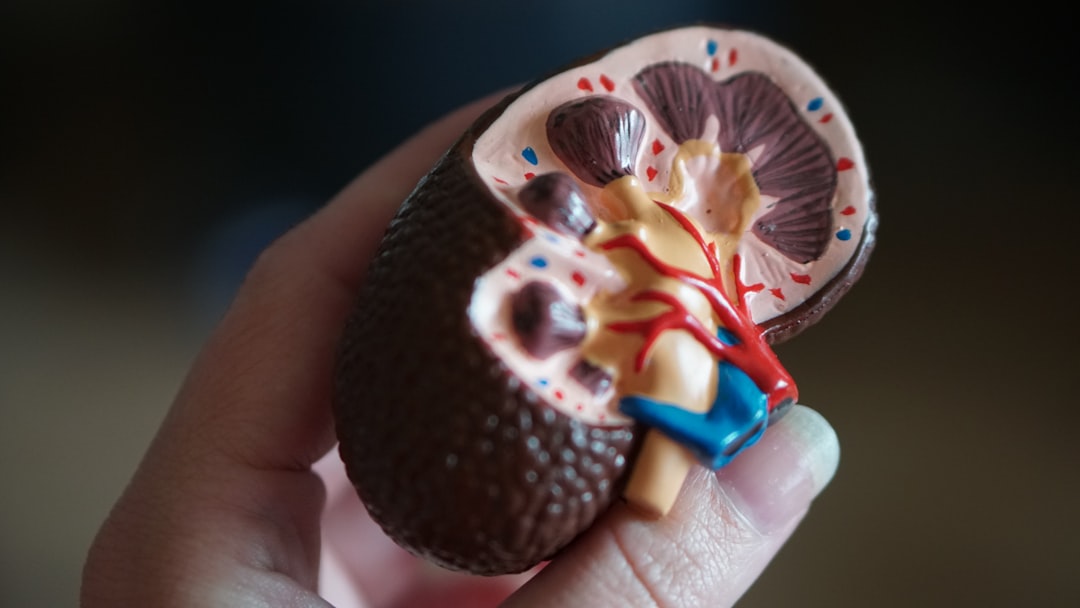What is it about?
In evidence-based practice, speech-language pathologists are supposed to select treatment approaches that have been shown to be effective through research and then monitor whether a child does well with the treatment. What does it mean to do well? What does successful learning look like? This article takes a detailed look at learning from a clinical trial of interactive book reading and identifies cut-off scores for treatment progress at different points during treatment. It further examines what aspect of word learning may be difficult for a child and offers ideas about how the treatment could be modified to improve learning if a clinician observed that same profile.
Featured Image

Photo by Ben White on Unsplash
Why is it important?
Monitoring the success of treatment and modifying treatments that are not fostering success is a crucial component to evidence-based practice but minimal guidance is provided to clinicians about what criteria to use to define success. This article remedies this research to practice gap for an interactive book reading treatment.
Perspectives
I'm really interested in how children learn language. The question of what constitutes good learning during treatment is important to me. When I teach students about monitoring treatment progress and ask them what kind of progress they would expect, it's very hard for them to answer that question. This is a first attempt to try to provide measurable benchmarks that clinicians, especially new clinicians, can use when trying to determine whether an interactive book reading treatment is working.
Professor Holly Storkel
University of Kansas
Read the Original
This page is a summary of: Interactive Book Reading to Accelerate Word Learning by Kindergarten Children With Specific Language Impairment: Identifying Adequate Progress and Successful Learning Patterns, Language Speech and Hearing Services in Schools, April 2017, American Speech-Language-Hearing Association (ASHA),
DOI: 10.1044/2017_lshss-16-0058.
You can read the full text:
Resources
Contributors
The following have contributed to this page










